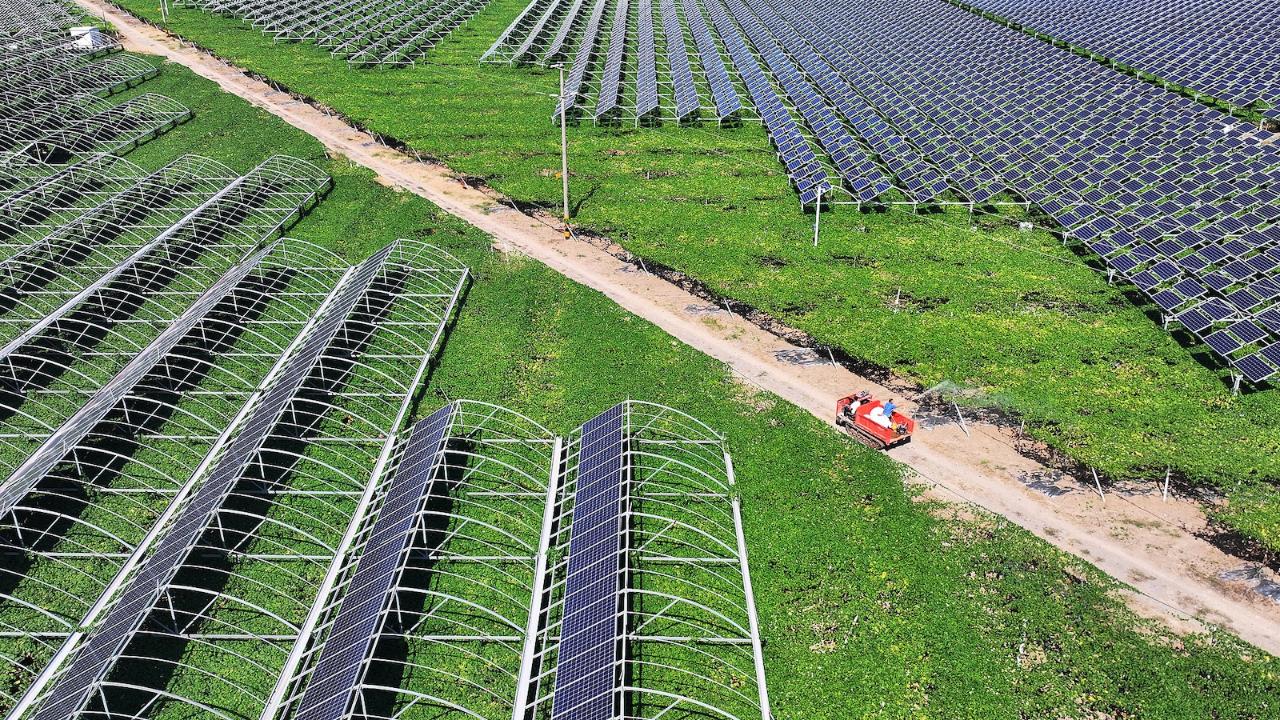Electric Aviation: The Future of Air Travel

Electric aviation is poised to transform the way we think about air travel, primarily by reducing the aviation industry's carbon footprint, which contributes approximately 3% of global greenhouse gas emissions. As the world grapples with climate change, the shift towards electric-powered aircraft presents a pathway to more sustainable flying, aligning with global initiatives to lower emissions. Companies like Beta Technologies are at the forefront of this revolution, with their Alia aircraft recently completing a test flight in Norway, covering 100 miles in just over 50 minutes on battery power alone. This pioneering approach demonstrates the burgeoning potential for electric aviation to change cargo and passenger transport.
At its core, electric aviation involves the use of electric propulsion systems to power aircraft. Unlike traditional planes that rely on combustion engines fueled by aviation gasoline, electric aircraft utilize rechargeable batteries, similar to those in electric vehicles. The limitations of current battery technology remain a significant hurdle; lithium-ion batteries, though powerful, have not evolved substantially in energy density over the last two decades. For example, Beta's Alia can fly approximately 400 km on a single charge, but this is still considerably less than what conventional jets accomplish on a tank of fuel. Newer concepts, like Heart Aerospace's hybrid design, combine electric power with traditional fuels to extend range and operational flexibility while reducing emissions. This hybridization is reminiscent of how hybrid cars paved the way for the more widespread adoption of fully electric vehicles, highlighting a transitional approach in aviation.
The implications of electric aviation extend beyond just operational efficiency; they represent a significant cultural shift in how society views air travel's environmental impact. While electric aircraft like Pipistrel's Velis Electro have gained certification, they remain limited to training flights and lack commercial capabilities. The Alia's successful test flight, on the other hand, signifies a notable advancement and highlights the competitive landscape of the electric aviation market, where companies are racing not only to innovate but also to secure regulatory approval. By addressing potential challenges related to range and emissions, electric aircraft could redefine air travel. As the industry evolves, questions arise about what the future holds for traditional aviation fuel versus cleaner alternatives like sustainable aviation fuel (SAF) or hydrogen systems. The necessity for a robust infrastructure and the economic viability of these technologies will be critical factors in their implementation. Overall, electric aviation has opened the door to new possibilities in the aerospace sector, inviting further exploration and investment.
Read These Next

Streetlight Charging: Revolutionizing EVs
A Pennsylvania State University research team has successfully converted streetlights into electric vehicle charging stations, providing a cheaper and more effective alternative to traditional installations while considering urban equity.

AI Surge in Venture Capital: A Game Changer
Analysis of the recent PitchBook report indicating a historic investment surge in AI startups within the venture capital sector, exceeding half of total funding.

China Aims to Accelerate Green Transition in All Sectors
China plans to speed up its green economy transition with investments in technology and eco-friendly practices to combat pollution.
